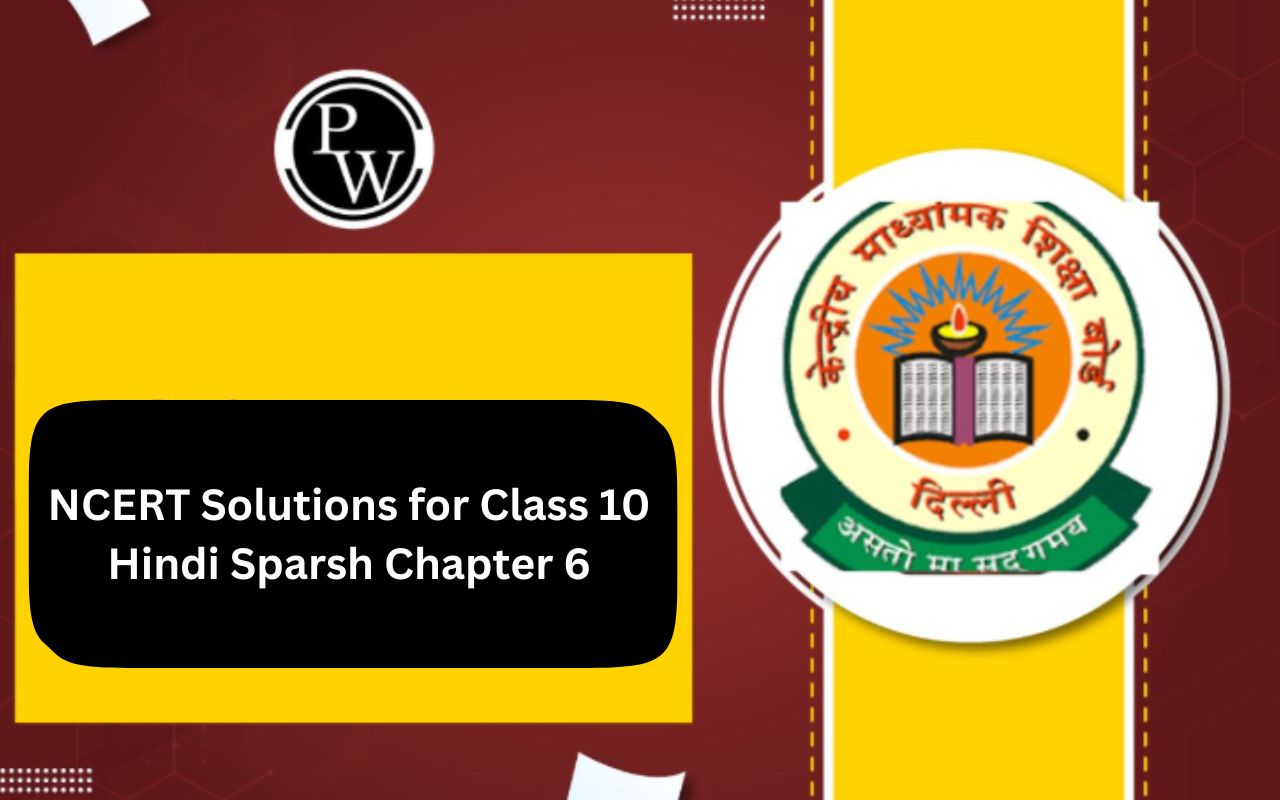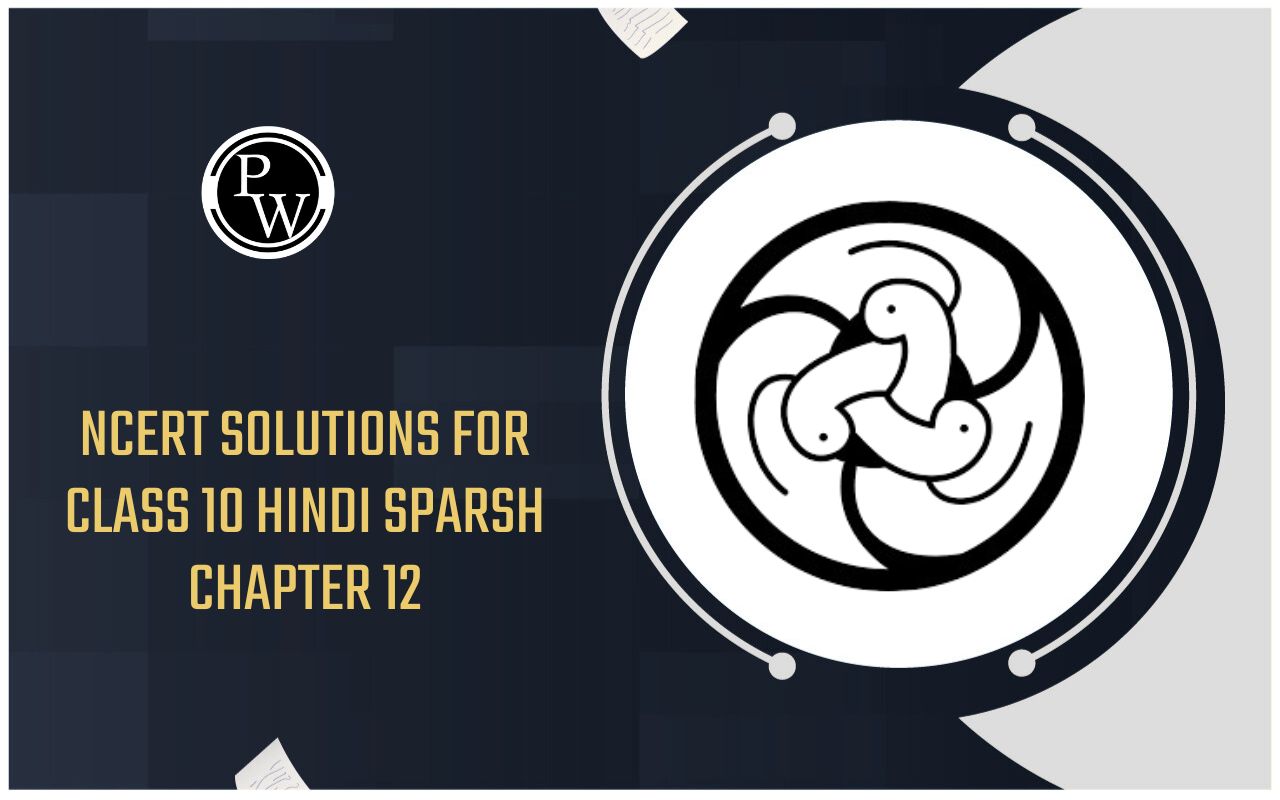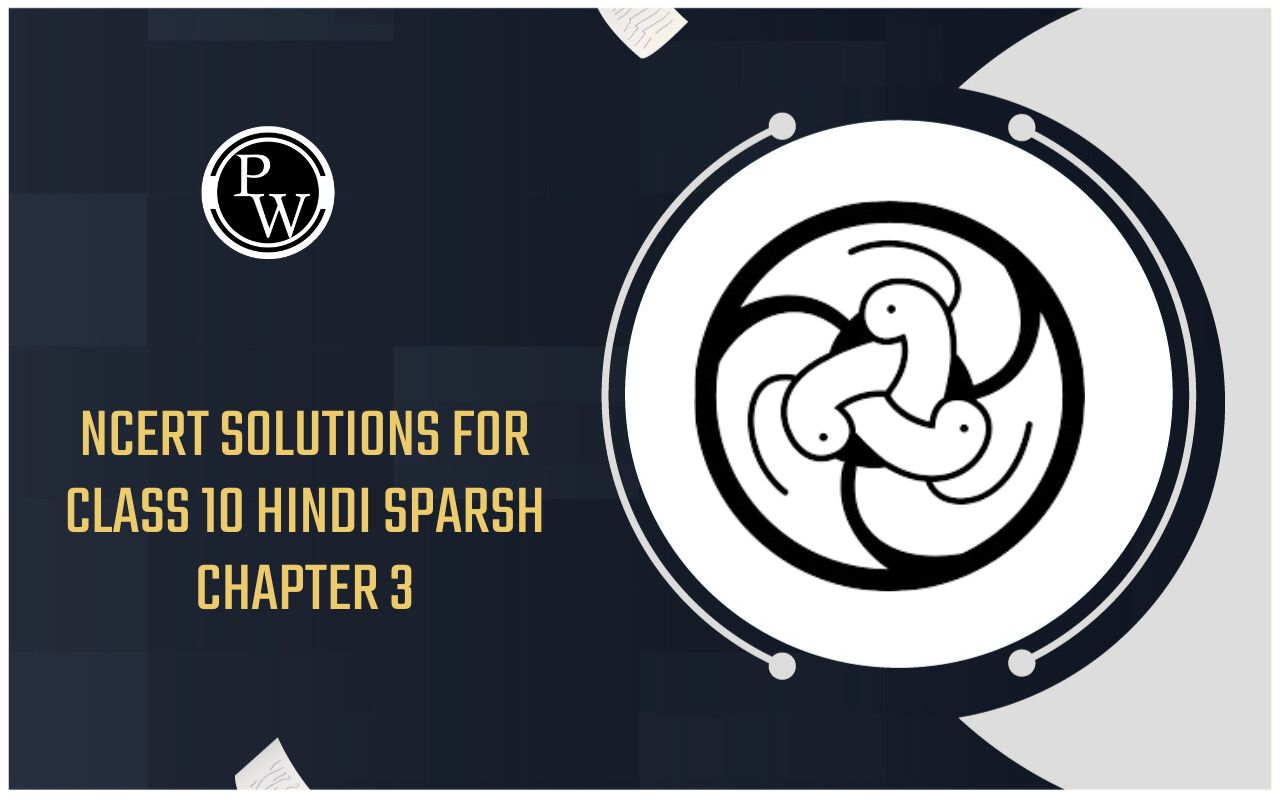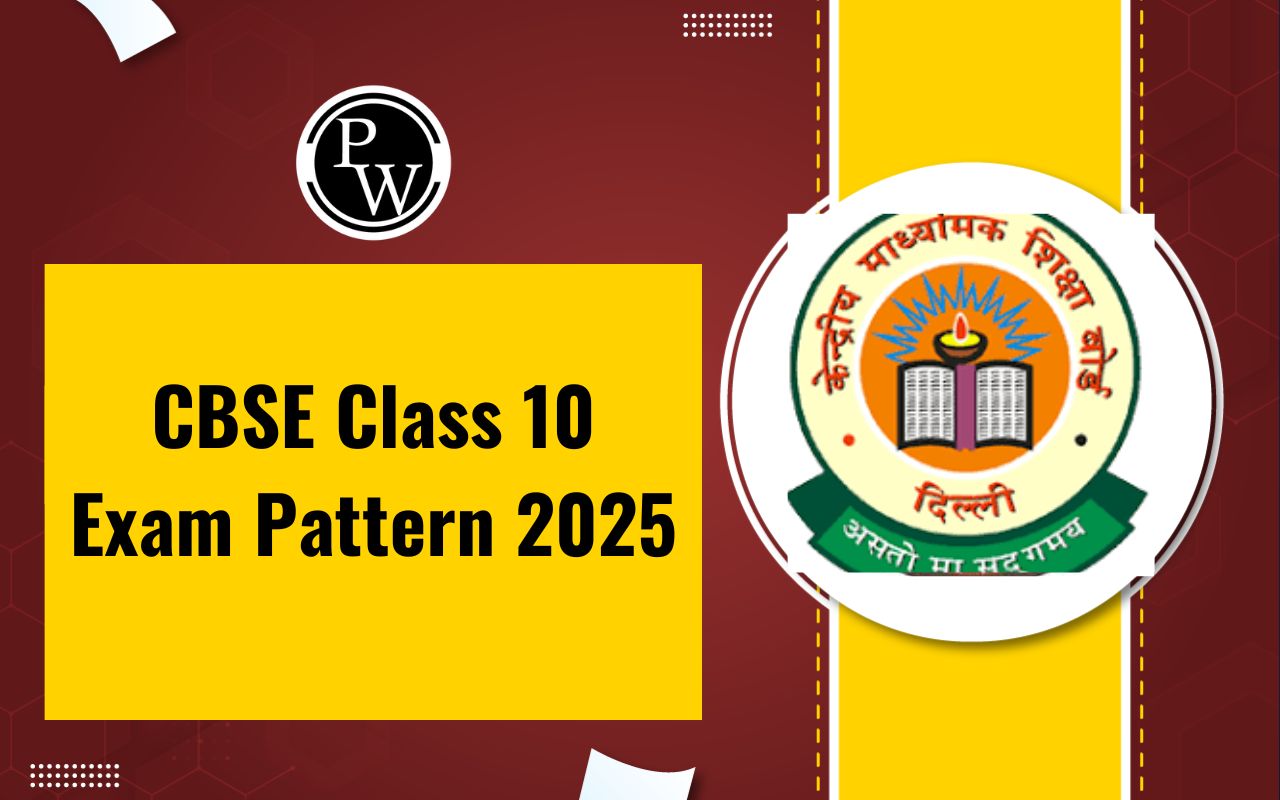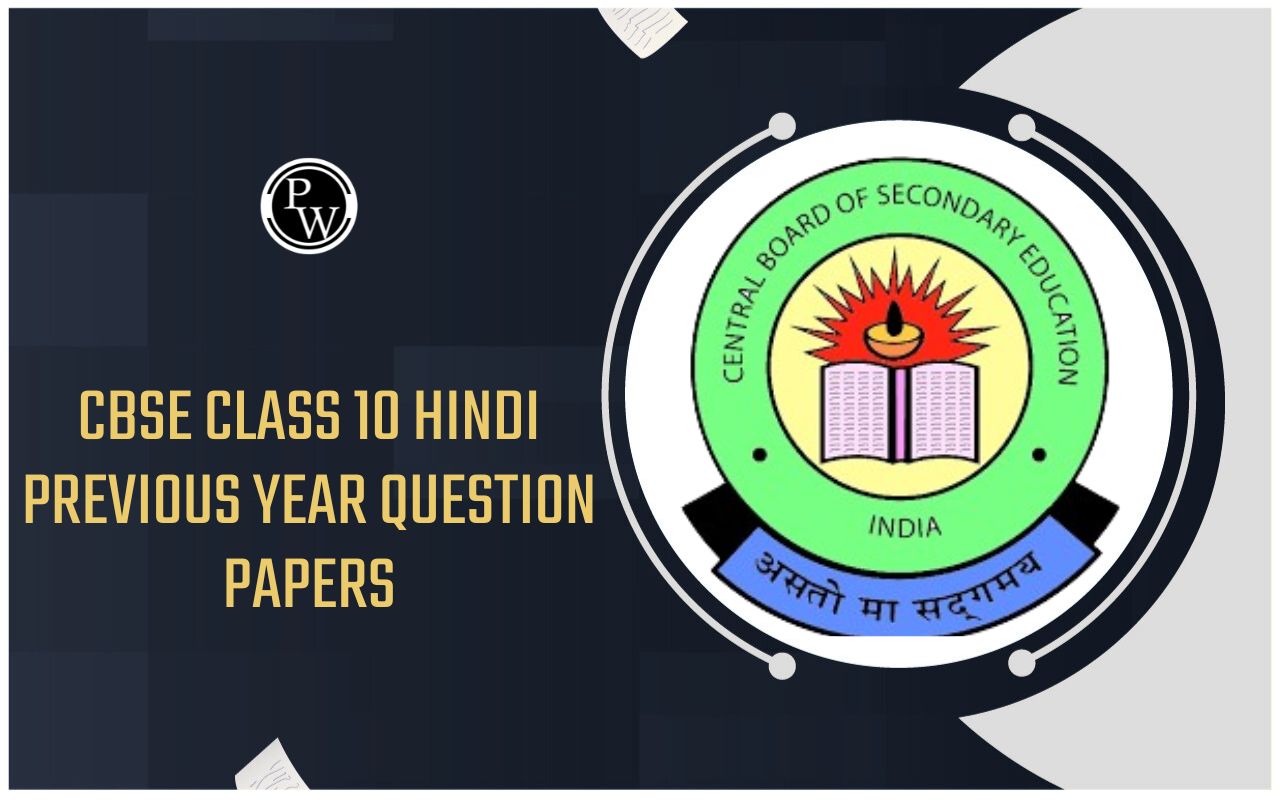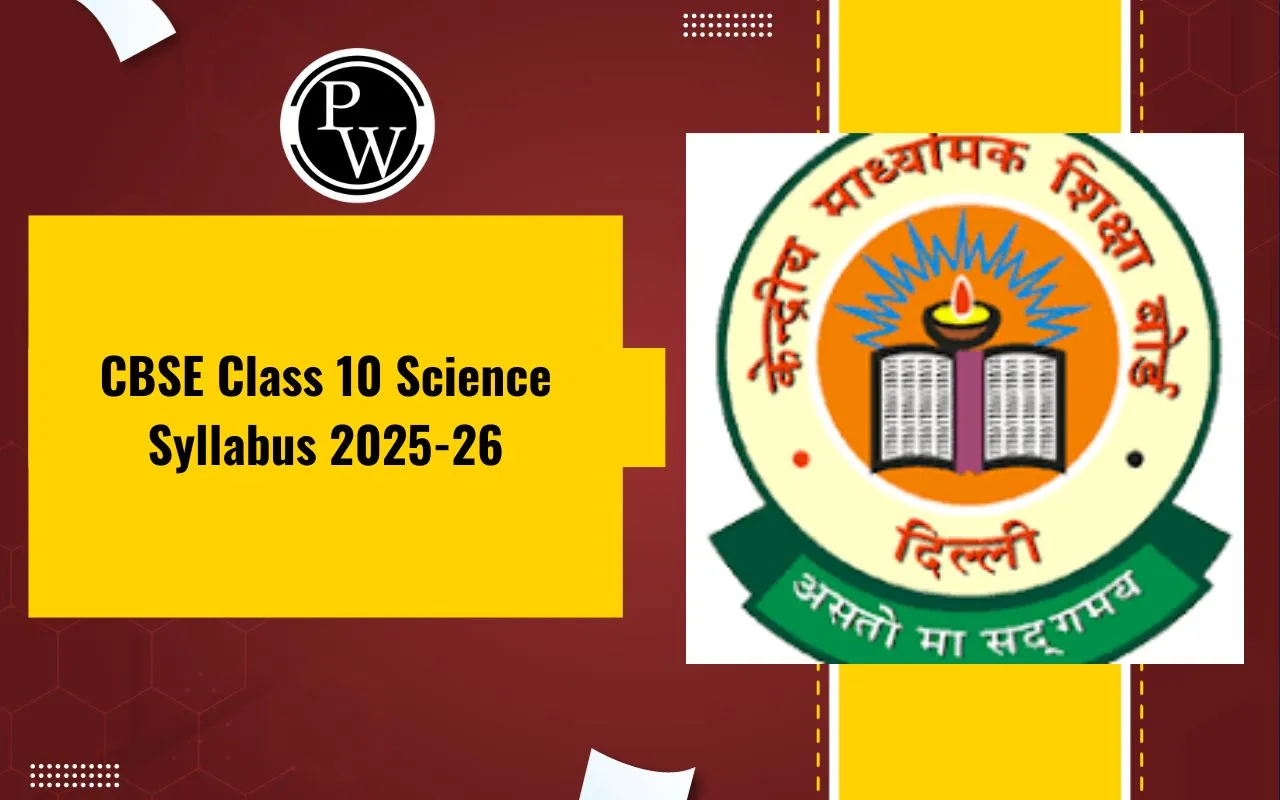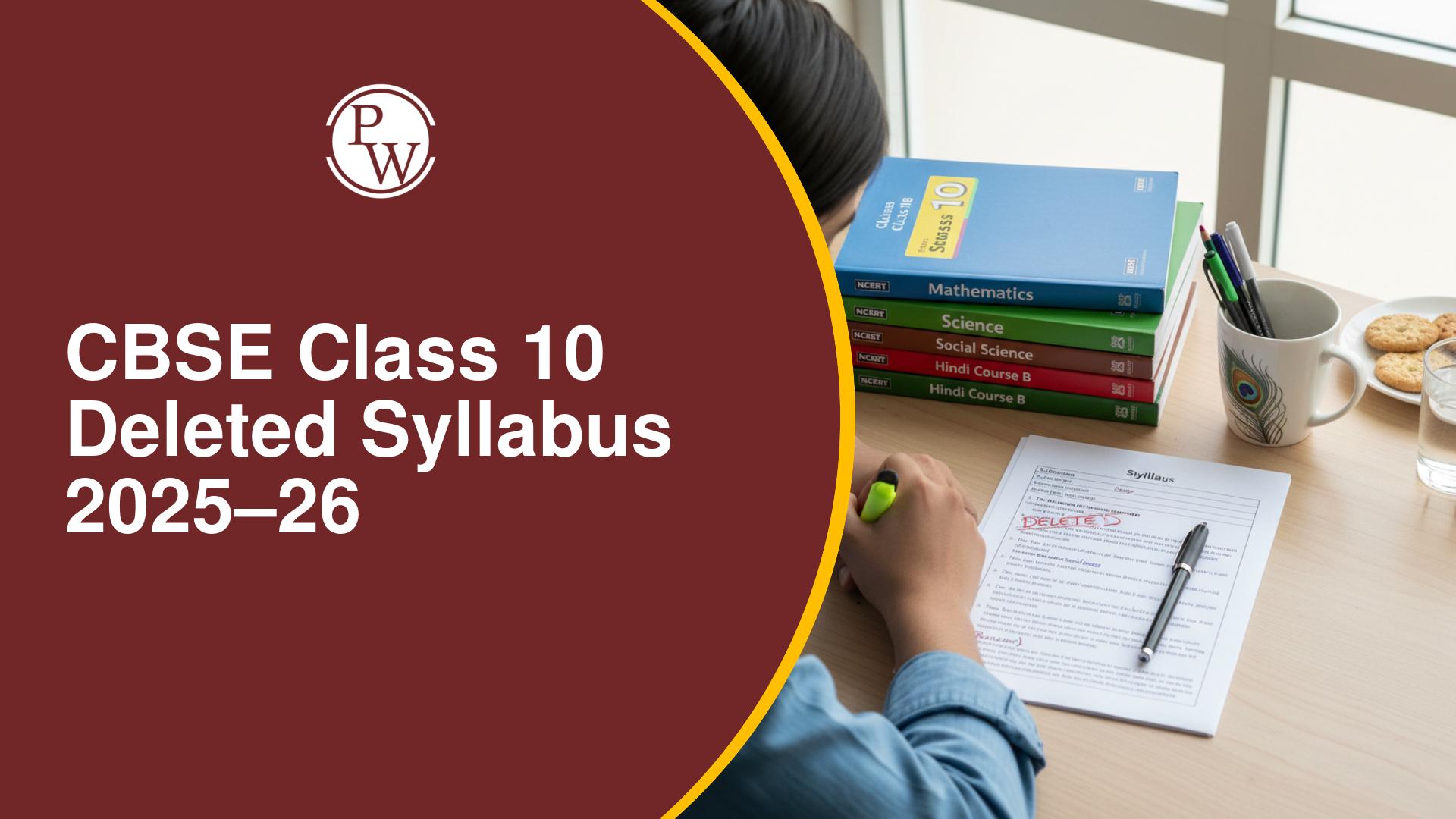
NCERT Solutions for Class 10 Maths Chapter 15
NCERT Solutions for Class 10 Maths Chapter 15: NCERT Solutions for Class 10 Maths Chapter 15 Without a question, probability is a crucial subject for students in CBSE Class 10 to learn. Students can efficiently study for the CBSE Board exams by using the downloaded PDF offered in this article. This chapter expands on the lessons covered in Class 9 Chapter Probability by delving deeper into the many ideas involved.
The NCERT Solutions for Class 10 Maths Chapter 15 were created by subject matter experts to help students get ready for their board exams. In addition to helping students prepare for exams, these solutions can be used to verify that the responses they provided to the exercise questions during homework and assignments are accurate. Therefore, it is recommended that all students consistently work through these NCERT Solutions to do well on the CBSE Class 10 Mathematics exam.NCERT Solutions for Class 10 Maths Chapter 15 PDF
The most recent CBSE board regulations are adhered to in the curation of the NCERT Solutions guide. All topic's sums are carefully solved to help you understand the material. It is also accessible in PDF format, which you can study on our website. Alternatively, it is also available for free download. For your preparation, you may also download the NCERT Solutions for Science, Class 10, and utilise them.
NCERT Solutions for Class 10 Maths Chapter 15 PDF
NCERT Solutions for Class 10 Maths Chapter 15 Probability
1. Complete the following statements.
(i) Probability of an event E + Probability of the event ‘not E’ = ___________.
(ii) The probability of an event that cannot happen is __________. Such an event is called ________.
(iii) The probability of an event that is certain to happen is _________. Such an event is called _________.
(iv) The sum of the probabilities of all the elementary events of an experiment is __________.
(v) The probability of an event is greater than or equal to _____ and less than or equal to __________.
Solution:
(i) Probability of an event E + Probability of the event ‘not E’ = 1 . (ii) The probability of an event that cannot happen is 0 . Such an event is called an impossible event . (iii) The probability of an event that is certain to happen is 1 . Such an event is called a sure event . (iv) The sum of the probabilities of all the elementary events of an experiment is 1 . (v) The probability of an event is greater than or equal to 0 and less than or equal to 1 .2. Which of the following experiments have equally likely outcomes? Explain.
(i) A driver attempts to start a car. The car starts or does not start.
(ii) A player attempts to shoot a basketball. She/he shoots or misses the shot.
(iii) A trial is made to Solution: a true-false question. The Solution is right or wrong.
(iv) A baby is born. It is a boy or a girl.
Solution:
(i) There are no equally likely possibilities to this statement because there are a number of variables, such fuel, that could cause the automobile to start or not. (ii) There are not equal chances for even this statement because the athlete could make the shot or miss it. (iii) This statement has equally likely outcomes, as it is known that the solution is either right or wrong. (iv) This statement also has equally likely outcomes, as it is known that the newly-born baby can either be a boy or a girl.3. Why is tossing a coin considered to be a fair way of deciding which team should get the ball at the beginning of a football game?
Solution:
Flipping a coin has two possible outcomes—head or tail—so it's a fair method of decision-making. Tossing is regarded as totally impartial and unpredictable because there is an equal chance of these two outcomes.4. Which of the following cannot be the probability of an event?
(A) 2/3 (B) -1.5 (C) 15% (D) 0.7
Solution:
The probability of any event (E) always lies between 0 and 1, i.e., 0 ≤ P(E) ≤ 1. So, from the above options, option (B) -1.5 cannot be the probability of an event.5. If P(E) = 0.05, what is the probability of ‘not E’?
Solution:
We know that, P(E)+P(not E) = 1 It is given that, P(E) = 0.05 So, P(not E) = 1-P(E) Or, P(not E) = 1-0.05 ∴ P(not E) = 0.95Related Links -
6. A bag contains lemon-flavoured candies only. Malini takes out one candy without looking into the bag. What is the probability that she takes out
(i) an orange-flavoured candy?
(ii) a lemon-flavoured candy?
Solution:
(i) We know that the bag only contains lemon-flavoured candies. So, The no. of orange-flavoured candies = 0 ∴ The probability of taking out orange-flavoured candies = 0/1 = 0 (ii) As there are only lemon-flavoured candies, P(lemon-flavoured candies) = 1 (or 100%)7. It is given that in a group of 3 students, the probability of 2 students not having the same birthday is 0.992. What is the probability that the 2 students have the same birthday?
Solution:
Let the event wherein 2 students having the same birthday be E. Given, P(E) = 0.992 We know, P(E)+P(not E) = 1 Or, P(not E) = 1–0.992 = 0.008 ∴ The probability that the 2 students have the same birthday is 0.008.8. A bag contains 3 red balls and 5 black balls. A ball is drawn at random from the bag. What is the probability that the ball drawn is
(i) red?
(ii) not red?
Solution:
The total number of balls = No. of red balls + No. of black balls So, the total no. of balls = 5+3 = 8 We know that the ratio of the number of favourable outcomes to the total number of outcomes determines the probability of an event. P(E) = (Number of favourable outcomes/ Total number of outcomes) (i) Probability of drawing red balls = P (red balls) = (no. of red balls/total no. of balls) = 3/8 (ii) Probability of drawing black balls = P (black balls) = (no. of black balls/total no. of balls) = 5/89. A box contains 5 red marbles, 8 white marbles and 4 green marbles. One marble is taken out of the box at random. What is the probability that the marble is taken out will be
(i) red?
(ii) white?
(iii) not green?
Solution:
The total no. of balls = 5+8+4 = 17 P(E) = (Number of favourable outcomes/ Total number of outcomes) (i) Total number of red balls = 5 P (red ball) = 5/17 = 0.29 (ii) Total number of white balls = 8 P (white ball) = 8/17 = 0.47 (iii) Total number of green balls = 4 P (green ball) = 4/17 = 0.23 ∴ P (not green) = 1-P(green ball) = 1-(4/7) = 0.7710. A piggy bank contains hundred 50p coins, fifty ₹1 coins, twenty ₹2 coins and ten ₹5 coins. If it is equally likely that one of the coins will fall out when the bank is turned upside down, what is the probability that the coin
(i) will be a 50 p coin?
(ii) will not be a ₹5 coin?
Solution:
Total no. of coins = 100+50+20+10 = 180 P(E) = (Number of favourable outcomes/ Total number of outcomes)(i) Total number of 50 p coins = 100
P (50 p coin) = 100/180 = 5/9 = 0.55(ii) Total number of ₹5 coins = 10
P (₹5 coin) = 10/180 = 1/18 = 0.055 ∴ P (not ₹5 coin) = 1-P (₹5 coin) = 1-0.055 = 0.94511. Gopi buys a fish from a shop for his aquarium. The shopkeeper takes out one fish at random from a tank containing 5 male fish and 8 female fish (see Fig. 15.4). What is the probability that the fish taken out is a male fish?

Solution:
The total number of fish in the tank = 5+8 = 13 Total number of male fish = 5 P(E) = (Number of favourable outcomes/ Total number of outcomes) P (male fish) = 5/13 = 0.3812. A game of chance consists of spinning an arrow which comes to rest, pointing at one of the numbers 1, 2, 3, 4, 5, 6, 7, 8 (see Fig. 15.5), and these are equally likely outcomes. What is the probability that it will point at
(i) 8?
(ii) an odd number?
(iii) a number greater than 2?
(iv) a number less than 9?

Solution:
Total number of possible outcomes = 8 P(E) = (Number of favourable outcomes/ Total number of outcomes) (i) Total number of favourable events (i.e., 8) = 1 ∴ P (pointing at 8) = ⅛ = 0.125 (ii) Total number of odd numbers = 4 (1, 3, 5 and 7) P (pointing at an odd number) = 4/8 = ½ = 0.5 (iii) Total numbers greater than 2 = 6 (3, 4, 5, 6, 7 and 8) P (pointing at a number greater than 4) = 6/8 = ¾ = 0.75 (iv) Total numbers less than 9 = 8 (1, 2, 3, 4, 5, 6, 7, and 8) P (pointing at a number less than 9) = 8/8 = 113. A die is thrown once. Find the probability of getting
(i) a prime number
(ii) a number lying between 2 and 6
(iii) an odd number
Solution:
Total possible events when a dice is thrown = 6 (1, 2, 3, 4, 5, and 6) P(E) = (Number of favourable outcomes/ Total number of outcomes)(i) Total number of prime numbers = 3 (2, 3 and 5)
P (getting a prime number) = 3/6 = ½ = 0.5(ii) Total numbers lying between 2 and 6 = 3 (3, 4 and 5)
P (getting a number between 2 and 6) = 3/6 = ½ = 0.5(iii) Total number of odd numbers = 3 (1, 3 and 5)
P (getting an odd number) = 3/6 = ½ = 0.514. One card is drawn from a well-shuffled deck of 52 cards. Find the probability of getting
(i) a king of red colour
(ii) a face card
(iii) a red face card
(iv) the jack of hearts
(v) a spade
(vi) the queen of diamonds
Solution:
Total number of possible outcomes = 52 P(E) = (Number of favourable outcomes/ Total number of outcomes)(i) Total number of kings of red colour = 2
P (getting a king of red colour) = 2/52 = 1/26 = 0.038(ii) Total number of face cards = 12
P (getting a face card) = 12/52 = 3/13 = 0.23(iii) Total number of red face cards = 6
P (getting a king of red colour) = 6/52 = 3/26 = 0.11(iv) Total number of jack of hearts = 1
P (getting a king of red colour) = 1/52 = 0.019(v) Total number of kings of spade = 13
P (getting a king of red colour) = 13/52 = ¼ = 0.25(vi) Total number of queens of diamonds = 1
P (getting a king of red colour) = 1/52 = 0.01915. Five cards, the ten, jack, queen, king and ace of diamonds, are well-shuffled with their face downwards. One card is then picked up at random.
(i) What is the probability that the card is the queen?
(ii) If the queen is drawn and put aside, what is the probability that the second card picked up is (a) an ace? (b) a queen?
Solution:
Total number of cards = 5 P(E) = (Number of favourable outcomes/ Total number of outcomes)(i) Numbers of queens = 1
P (picking a queen) = ⅕ = 0.2(ii) If the queen is drawn and put aside, the total number of cards left is (5-4) = 4
(a) Total number of aces = 1 P (picking an ace) = ¼ = 0.25 (b) Total number of queens = 0 P (picking a queen) = 0/4 = 016. 12 defective pens are accidentally mixed with 132 good ones. It is not possible to just look at a pen and tell whether or not it is defective. One pen is taken out at random from this lot. Determine the probability that the pen taken out is a good one.
Solution:
Numbers of pens = Numbers of defective pens + Numbers of good pens ∴ Total number of pens = 132+12 = 144 pens P(E) = (Number of favourable outcomes/ Total number of outcomes) P(picking a good pen) = 132/144 = 11/12 = 0.91617. (i) A lot of 20 bulbs contain 4 defective ones. One bulb is drawn at random from the lot. What is the probability that this bulb is defective?
(ii) Suppose the bulb drawn in (i) is not defective and is not replaced. Now one bulb is drawn at random from the rest. What is the probability that this bulb is not defective?
Solution:
(i) Number of defective bulbs = 4
The total number of bulbs = 20 P(E) = (Number of favourable outcomes/ Total number of outcomes) ∴ Probability of getting a defective bulb = P (defective bulb) = 4/20 = ⅕ = 0.2(ii) Since 1 non-defective bulb is drawn, then the total number of bulbs left is 19
So, the total number of events (or outcomes) = 19 Number of non-defective bulbs = 19-4 = 15 So, the probability that the bulb is not defective = 15/19 = 0.78918. A box contains 90 discs which are numbered from 1 to 90. If one disc is drawn at random from the box, find the probability that it bears
(i) a two-digit number
(ii) a perfect square number
(iii) a number divisible by 5
Solution:
The total number of discs = 90 P(E) = (Number of favourable outcomes/ Total number of outcomes)(i) Total number of discs having two digit numbers = 81
(Since 1 to 9 are single-digit numbers, so total 2-digit numbers are 90-9 = 81) P (bearing a two-digit number) = 81/90 = 9/10 = 0.9(ii) Total number of perfect square numbers = 9 (1, 4, 9, 16, 25, 36, 49, 64 and 81)
P (getting a perfect square number) = 9/90 = 1/10 = 0.1(iii) Total numbers which are divisible by 5 = 18 (5, 10, 15, 20, 25, 30, 35, 40, 45, 50, 55, 60, 65, 70, 75, 80, 85 and 90)
P (getting a number divisible by 5) = 18/90 = ⅕ = 0.2Related Links -
19. A child has a die whose six faces show the letters as given below:

The die is thrown once. What is the probability of getting
(i) A?
(ii) D?
Solution:
The total number of possible outcomes (or events) = 6 P(E) = (Number of favourable outcomes/ Total number of outcomes)(i) The total number of faces having A on it = 2
P (getting A) = 2/6 = ⅓ = 0.33(ii) The total number of faces having D on it = 1
P (getting D) = ⅙ = 0.16620. Suppose you drop a die at random on the rectangular region shown in Fig. 15.6. What is the probability that it will land inside the circle with a diameter of 1m?

Solution:
First, calculate the area of the rectangle and the area of the circle. Here, the area of the rectangle is the possible outcome, and the area of the circle will be the favourable outcome. So, the area of the rectangle = (3×2) m 2 = 6 m 2 and, The area of the circle = πr 2 = π(½) 2 m 2 = π/4 m 2 = 0.78 ∴ The probability that die will land inside the circle = [(π/4)/6] = π/24 or, 0.78/6 = 0.1321. A lot consists of 144 ball pens, of which 20 are defective, and the others are good. Nuri will buy a pen if it is good but will not buy if it is defective. The shopkeeper draws one pen at random and gives it to her. What is the probability that
(i) She will buy it.
(ii) She will not buy it.
Solution:
The total number of outcomes, i.e., pens = 144 Given, the number of defective pens = 20 ∴ The number of non defective pens = 144-20 = 124 P(E) = (Number of favourable outcomes/ Total number of outcomes) (i) Total number of events in which she will buy them = 124 So, P (buying) = 124/144 = 31/36 = 0.86 (ii) Total number of events in which she will not buy them = 20 So, P (not buying) = 20/144 = 5/36 = 0.138NCERT Solutions for Class 10 Maths Chapter 15 FAQs
What is probability in math class 10?
What is an example of probability class?
Who is the father of probability?

